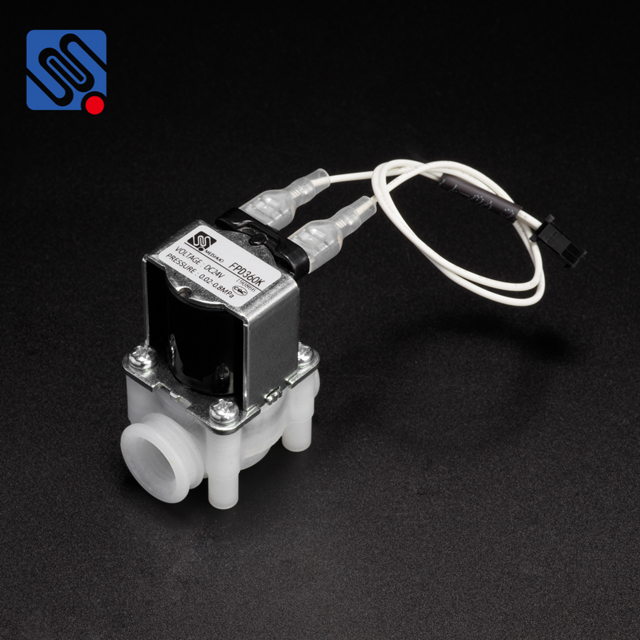Water treatment is a critical process that ensures the availability of clean, safe, and potable water for both residential and industrial use. One of the essential components in modern water treatment systems is the Water Treatment System Solenoid Valve. These valves are crucial for controlling the flow of water and other fluids within the treatment process. By using an electromagnet to open or close the valve, they help automate various processes, ensuring optimal water treatment performance. This article explores the role of solenoid valves in water treatment systems, their working principles, applications, and types.

Working Principle of Solenoid Valves in Water Treatment Systems A solenoid valve operates based on an electromagnet, which controls the valve’s opening and closing. It consists of a coil, a plunger, and a spring mechanism. When an electrical current is applied to the coil, it generates a magnetic field that attracts the plunger, allowing or stopping the flow of water. Once the power is turned off, the spring returns the valve to its default state (either open or closed). This simple yet effective mechanism makes solenoid valves ideal for controlling water flow in various water treatment systems.